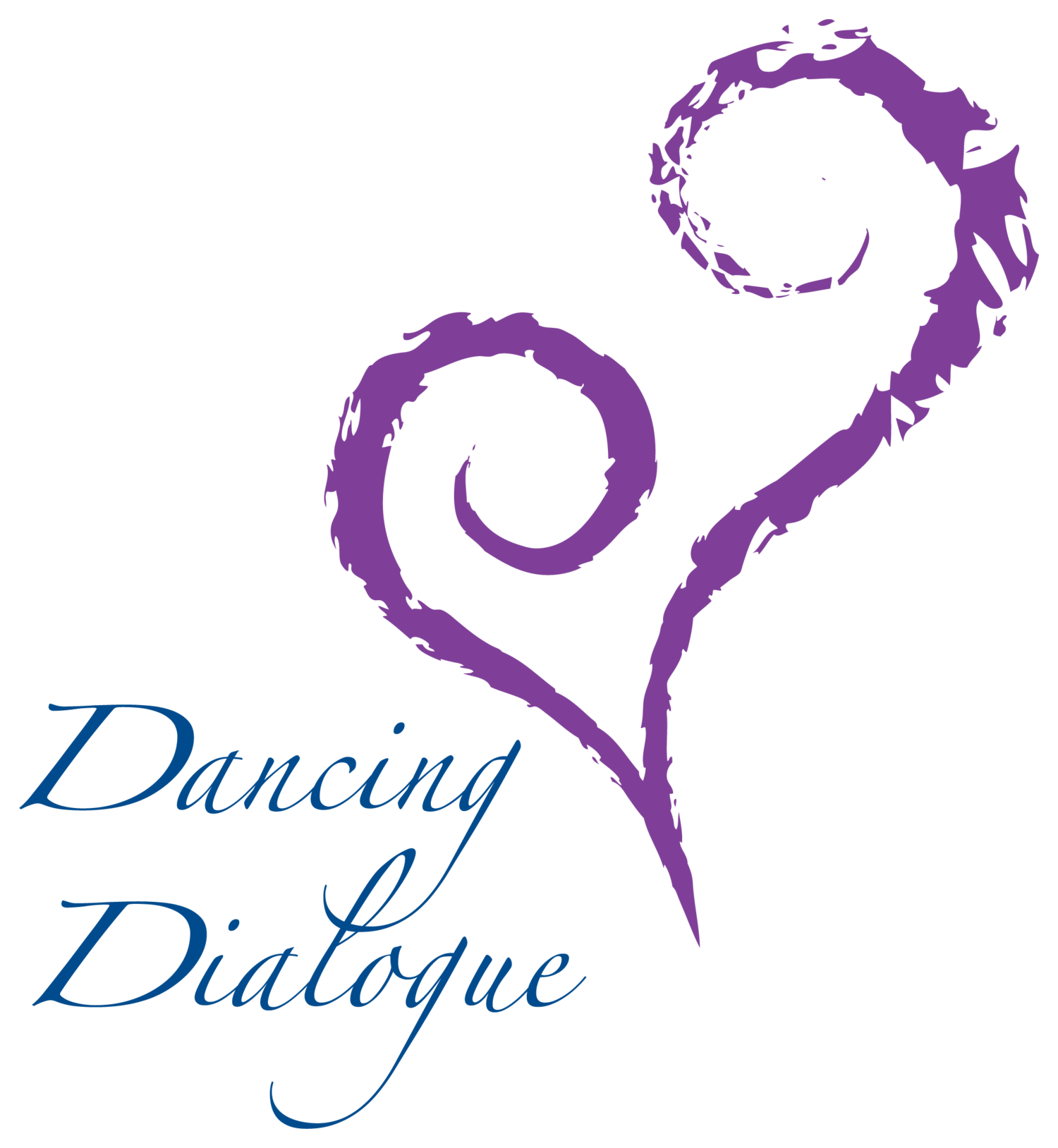Dancing in the Virtual Space with Autism Spectrum Disorder
How can dance/ movement therapy support students with autism spectrum disorders and other special needs?
Earn 1.5 New York State LCAT, LCSW, LMHC or LMSW Continuing Education Credits!
From the Comfort of Your Own Home on Your Own Schedule!
Course Description:
As the COVID-19 pandemic lingers on, the need for virtual approaches in the school setting has expanded. Whether children are in school or at home engaged in remote learning, this adjustment has become the biggest challenge for students, teachers, and parents of 2020. And then there are special populations, specifically children diagnosed with autism spectrum disorder, severe learning, and physical disabilities, and those with genetic disorders, who have even more challenges to overcome during this new way of learning in the pandemic. How can we continue to support these special children in this new way of learning?
This workshop will discuss how dance/movement therapy (DMT) can continue to support these populations from afar through telehealth group sessions, both with children in classrooms and at home. Course Objectives
Learn ways in which oppression affects Black women
Understand depression from one body-based perspective, separate from the popular chemical imbalance theory.
Learn how to utilize principles of Kestenberg movement profile in conjunction with Stephen Porges' polyvagal theory to encourage a sense of bodily safety and autonomy for Black women and other marginalized groups.
Learning Objectives Include:
Learn three (3) ways to support student, teachers, and parents in maintaining the therapeutic rapport while also navigating the virtual space
Provide four (4) movement-based and mindfulness activities to facilitate a relationship with peers and caregivers/teachers, using lens from attachment theory, during telehealth sessions
Offer three (3) ways to engage students with special needs in sensory experiences during video group sessions
Discuss three (3) ways to encourage teachers, paraprofessionals, and/ or parents to serve as co-facilitators in sessions as they are a crucial element towards implementing therapeutic goals and providing clinical support
Course Curriculum
Welcome to the Continuing Education Program at Dancing Dialogue
— Dancing Dialogue's Self-Study Continuing Education Program
— Getting Your Continuing Education Credit
Dancing in the Virtual Space with Autism Spectrum Disorder
— Introducing Jennifer Whitley, MS, BC-DMT, LCAT CMA
— Background and Literature Review— Dance/ Movement Therapy with Children with Special Needs in School
— Movement Experientials
Conclusion, Closing and Course Examination
— Reflection and Closing
— Course Hand Out— Course Examination
— Course Evaluation
Course Instructor:
Jennifer Whitley, M.S., BC-DMT, LCAT, CMA is a board certified Dance/Movement Therapist and Licensed Creative Arts Therapist who received her master’s degree, with honors, in Dance Therapy at Pratt Institute in Brooklyn, NY. She is trained through the Ways of Seeing program at Dancing Dialogue and Certified as a Laban Movement Analyst from the Laban Institute of Movement Studies. She has been a DMT at Dancing Dialogue since 2014 working with children and families using Dr. Tortora’s Ways of Seeing psychotherapeutic multi-arts approach. Ms. Whitley’s experience also includes medical DMT at Memorial Sloan Kettering Cancer Center, joining the Integrative Medicine Services team in 2012, with a focus in pediatric oncology alongside Dr. Tortora. Additionally, she works with children who have special needs facilitating group DMT sessions in the public school setting since 2013. She taught as interim instructor in The New School’s Creative Arts Therapy Certification Program, worked as DMT/Choreographer for Angelight Films, and presents workshops locally, nationally, and internationally.

